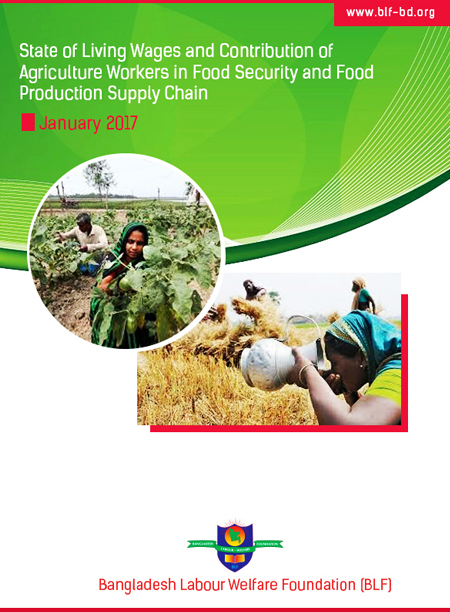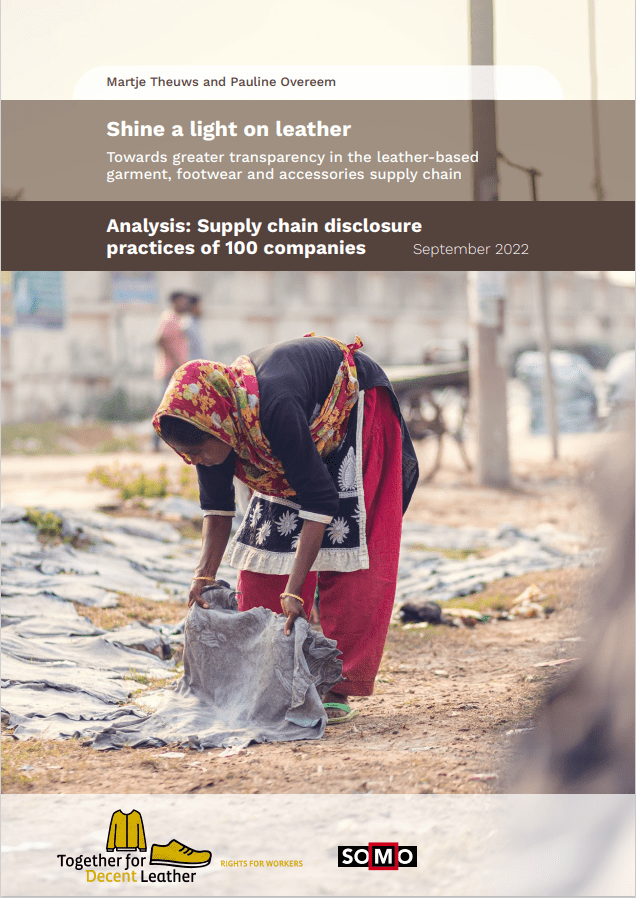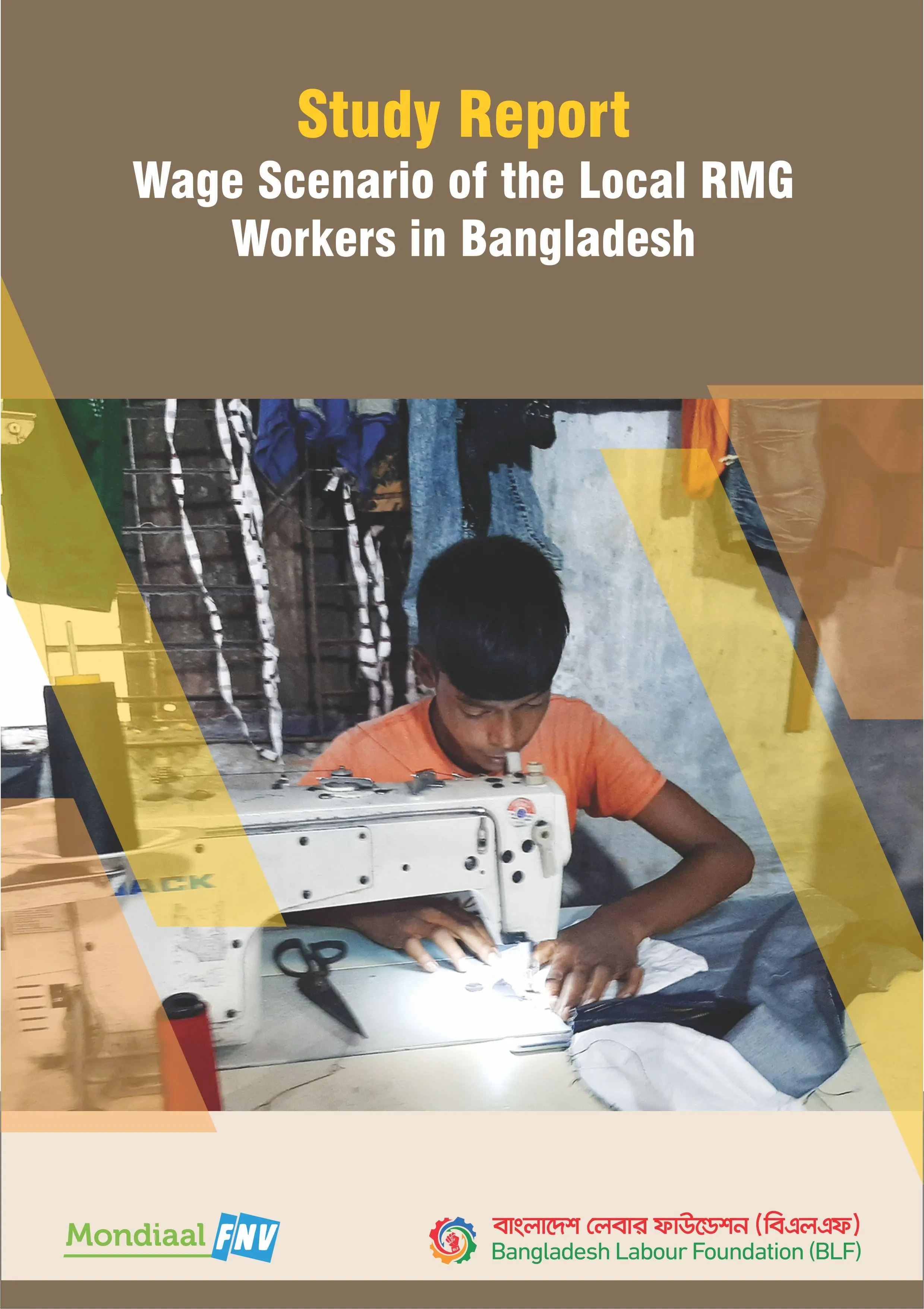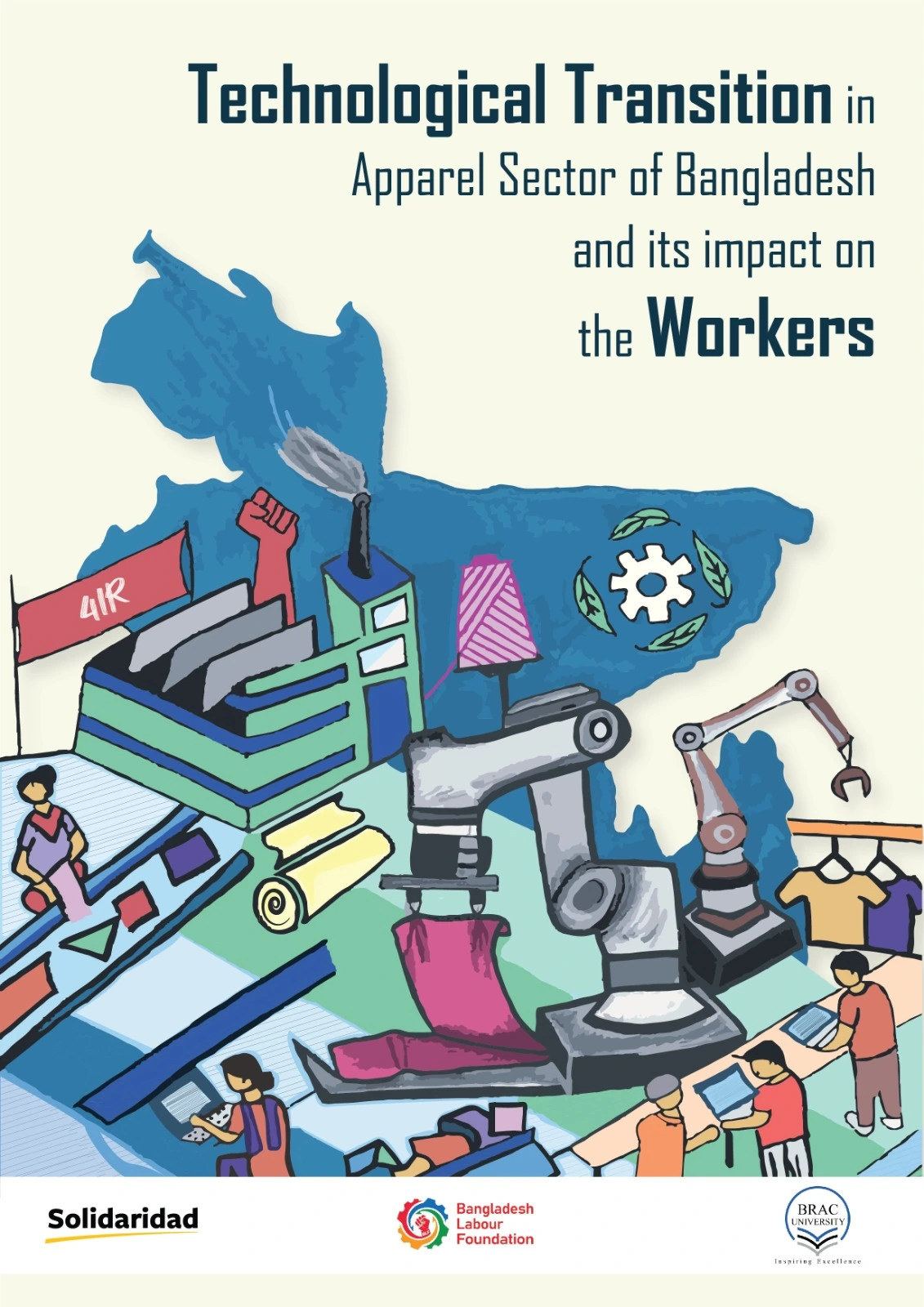Research & Study
Countrywide Downstream (Local) Garment Industry in Bangladesh
December, 2017
Bangladesh Labour Foundation (BLF) commissioned a study to establish benchmark data on nature of local garment/tailoring shop industry round the country, and gather data focusing on workers and household socioeconomic status in the downstream garment industry in Bangladesh. The survey has been conducted in 4 sample areas, Narayanganj, Chittagong, Saidpur and Keraniganj combining the quantitative and qualitative methods and using a variety of techniques such as structured questionnaire-led interview, Literature Review, Rapid Assessment, Focus Group Discussion (FGD), Key Informant Interview (KII), Mapping and triangulation.
Background
The ready-made garment (RMG) industry of Bangladesh has been very popular across the world for its “Made in Bangladesh” brand. There are about 65,000 manufacturing units of apparel engaging more than over 5 million people—of them about 78% dedicated to local market, over 11% to global market and less than 1% to both markets. About 10% units do not sell products. More than 80% apparel manufacturing units are located in the rural areas selling 72% of their products in the local market. There is also a big number of apparel hubs that have emerged as downstream readymade garments capturing a large portion of the local RMG market across the country. This industry involves various inputs such as fabric, garment accessories, and allied industries services. It has blended the high-tech RMG industry production processes with traditional tailoring skills in developing a new kind of sustainable high-growth industry which enjoys a significant market share at the local level. The study has not found direct linkage with export market or brands.
Objectives
- Explore the local garment industry round the country; explore the supply chain linkages of these apparel hubs with Western brands/retailers (if any) or export in nearby countries and to investigate recent export figures and processes (if any).
- Create baseline values for socio-economic indicators – age and sex compositions, schooling status, family background, wage and benefits, health & safety etc.
- Know the status of women and prevalence of child workers working in the industry including number and ratio, discrimination (if any), gender-based violence and family status etc.
- Assess the situation of labour law implementation (knowledge and practices among both owners and workers) and figure out the contribution and challenges of the industry to achieve the SDGs.
Key Findings
- Most of the downstream RMG plants are of tiny (100=> square feet) size, running with up to 5 machines, and sell products in the wholesale and retail markets.
- Workers per capita income is less than half of the national per capita income. The majority households having both boys and girls of school going age do not send their children to schools.
- There are no formal employment contracts between the downstream factories and their workers. The workers serve the plants based on verbal agreements and/or commitments.
- These factories do not follow the minimum standard of occupational health and safety. Most toilet facilities are not separate for the male and female workers.
- The overwhelming majority are the male adults and male below 18. The number of female workers is fewer than the male.
Recommendations
- To eliminate child labour from the factories that have deployed workers below 18 years, the BLF should undertake develop awareness among the factory owners and employers regarding the child labour, rights and laws, and influence compliance through administration and enforcement of relevant legal instruments.
- To ensure that the factories install standard system of appointment, payment and leave facilities for the workers, the BLF should organize the workers and enable them to exercise claimant and assertive behaviour through training and mobilization as well as develop among them federated structures and bargaining or negotiating skills.
- To ensure that the factories follow the Occupational Health and Safety (OHS) measures for the workers to stay secure from harms in their workplaces, the BLF should train the factory owners/employers and workers on the measures and arrange periodic monitoring on a regular basis.
- These factories do not follow the minimum standard of occupational health and safety. Most toilet facilities are not separate for the male and female workers.
- To ensure the factories provide sufficient ventilation and light facilities in the workplaces, the factory owners should be given orientation on the one hand and the application of legal compliance should be influenced on the other.
The downstream garments are still a growing sector. Although most of the local RMG industries are run with less than 10 workers, under the section of 183 BLA 2006 provided scope to form trade union in this type of industries. Workers are mostly unorganized and dominated by factory owners. There had been some efforts to establish a workers’ union in the mid-nineties but those efforts were foiled by the factory owners having strong political networks.

Publication Details
Date: December, 2017
Contact
Bangladesh Labour Foundation (BLF)
107 Bir Uttam C.R. Datta Road
Dhaka – 1205
Bangladesh






